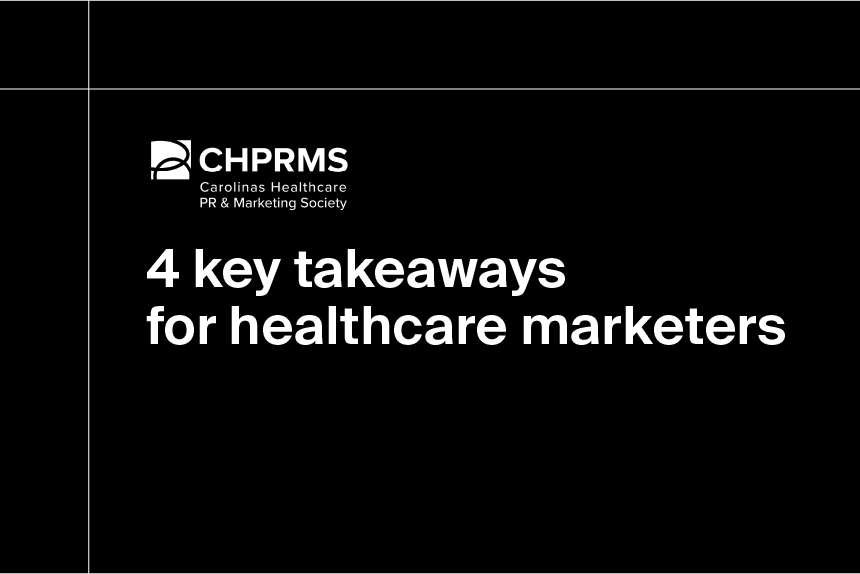From the first time a patient is admitted into a health system, a variety of strategies are (ideally) in play to keep them engaged and in-network for the long term. Keeping a patient in-network not only supports a system’s bottom line, but also improves care coordination, patient experiences, and outcomes.
But effective strategies require mechanisms for evaluating and monitoring their impact. So why are so few health systems able to effectively track their patients after onboarding them?
The short answer: Lack of data. Of course, there’s a lot more to it than that.
To tell the full story, Leah Shea, SVP of Product, and Emilio Ruocco, VP Provider and Market Solutions, presented a webinar, “Identifying key influencers to unlock your network’s potential.”
Couldn’t make it to the webinar? Keep reading to learn why health systems are struggling to track patient leakage—and what healthcare organization leaders can do about it.
Is it getting harder to understand network integrity?
Network integrity, or the ability of a health system to keep patients within its care ecosystem, is a key concern of health system executives. According to an independent market research firm, 94% of these leaders say reducing patient leakage is a priority.
However, 90% say they aren’t highly confident in their visibility into patient leakage. Three-quarters of respondents said they weren’t sure which service lines were impacted by leakage, and half said they weren’t confident they had the tools to do anything about it, anyway.
All these blind spots make it nearly impossible for health systems to build effective strategies to address leakage and improve network integrity. Getting visibility into the issue has never been easy: patient data is carefully regulated, and patients are under no obligation to explain their care decisions—and when they do, it’s most likely to their primary care physician, who might record it in an electronic health record as unstructured data.
But due to recent changes in the healthcare industry, it may be getting even harder to understand why patients leave networks.
2024 was a tough year for healthcare data
As Emilio points out in the webinar, there’s no 100%-comprehensive source of all-payer claims data, the type of data most used to track patient behavior. Typically, healthcare organizations have relied on representative-but-partial datasets and a good deal of data science to extrapolate insights.
That process got a whole lot trickier in 2024, when a cyberattack effectively shut down the clearinghouse responsible for sourcing nearly 50% of third-party claims data. Providers were left with several alternative options for processing their claims, but much to the chagrin of anyone looking to buy claims data, most of those alternatives weren’t in the business of selling it.
The same year, a major source of Blue Cross Blue Shield claims data chose to stop selling, partially because of that industry-shaking cyberattack.
For health systems attempting to assess their network integrity and track their patients’ journeys, this presented a problem: If a patient left for a competitor working with a clearinghouse that doesn’t sell data during the affected period—roughly 2023 through 2024 and beyond—then that patient was essentially rendered invisible.
So what can health systems do about it?
New data standards for market and network analysis
Any healthcare organization that wants to understand its market and network integrity must adapt to the new claims data landscape. For many systems, part of that adaptation will involve increased reliance on Medicare data.
Medicare has long made available robust and highly detailed claims data covering 100% of inpatient and outpatient encounters. Where applicable, this data can provide a window into network integrity and patients’ journeys.
All-payer claims are typically seen as more useful than Medicare-only claims, as they shed light on commercially insured patients. But research shows that provider referral behavior isn’t significantly affected by a patient’s coverage status. Because Medicare claims represent 100% of encounters, they can provide even more powerful insights into referral and outmigration patterns than all-payer claims—assuming your patients in question are 65 and older.
The age restriction of Medicare means certain specialties—gastroenterology, cardiology, otolaryngology—will be overrepresented in the data, while others like pediatrics and obstetrics/gynecology will be significantly underrepresented or absent entirely.
For providers focused on these therapy areas, some additional work will be necessary. Closed data sources, Medicaid claims, and direct surveys of patients and their in-network care professionals can help fill in the gaps where all-payer claims are no longer available.
And any healthcare organization can benefit from conducting deep research into the density, availability, and consistency of data around their competitors. Some competitors may have continued to partner with clearinghouses that sell data, while others may have “gone dark” after 2024. Determining whether a holistic analysis is even possible can make it easier for a health system to prioritize competitor targeting and adapt to variability and gaps in datasets.
Get clarity into your network integrity
If you’re trying to grow your health system, understanding network integrity is not optional, no matter the state of the claims data landscape.
Definitive Healthcare offers robust all-payer claims data sourced from a variety of medical claims clearinghouses. But our provider solutions go even deeper than claims data: predictive analytics, social determinants of health, and consumer behavior data can help you understand your competitors as well as the journeys of your patients.
Want to get the complete view of the healthcare market? Sign up for a free trial today.




